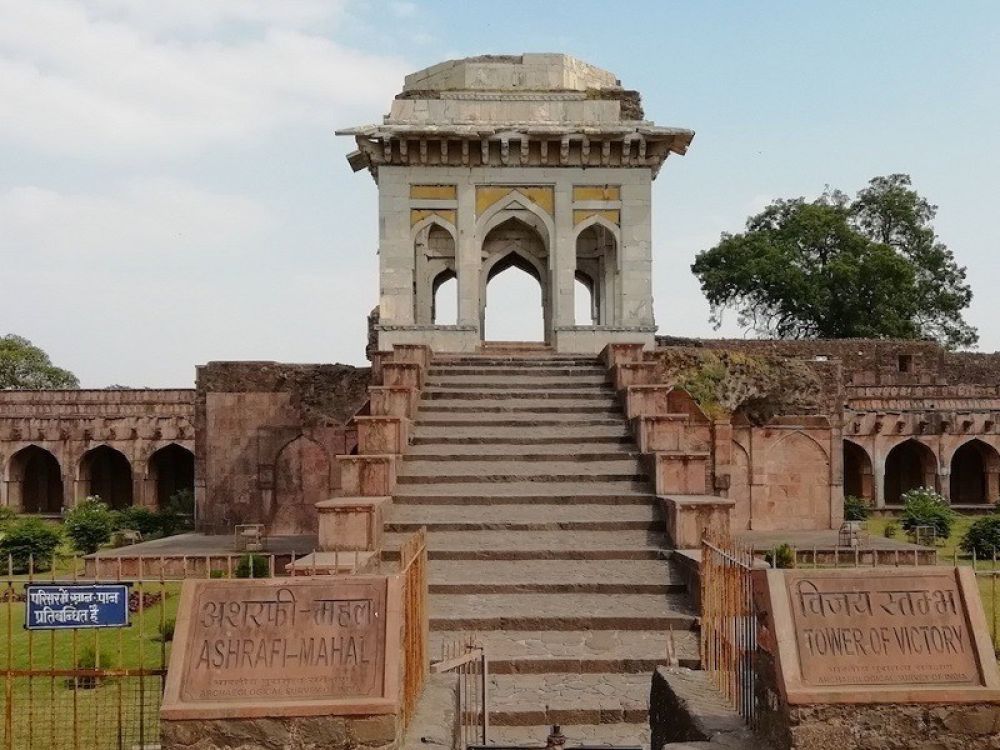

Located in the heart of India, Madhya Pradesh's Mandu is a fortress town celebrated for its architectural heritage, with Ashrafi Mahal being one of its most captivating monuments. This area, also known as the "City of Joy," boasts a rich history that creates a tapestry of human civilization, love stories, and battles that shaped the region, hence shaping its tourism history.
Ashrafi Mahal, which translates to the 'Palace of Gold Coins,' was initially built as a madrasa or Islamic school of learning by Mahmud Khilji in the 15th century. Over time, this grand structure evolved to serve various purposes, including a victory tower and a royal mausoleum. Its proximity to the imposing Jama Masjid adds to the cultural and spiritual significance of the site. The history of tourism in Mandu, and consequently at Ashrafi Mahal, began to grow as the tales of Mandu's architectural beauty spread through the narratives of travelers and historians.
Tourism in Mandu gradually developed as the site was recognized by the Archaeological Survey of India, which undertook restoration and preservation efforts. Ashrafi Mahal, though in ruins, began to attract history aficionados, architecture buffs, and tourists from around the world. The panoramic views of the surrounding landscapes from the upper levels of the Mahal's remains offer visitors a chance to embrace both the past and the present.
Sustainable tourism has become an important trend in recent years. Efforts are being made to preserve the historical sites while accommodating the increasing flow of tourists. Discerning travelers are now seeking authentic experiences, leading to the rise in heritage walks and guided tours that provide deeper insights into Mandu's history, including the narrative of Ashrafi Mahal.
Furthermore, the concept of experiential travel is gaining popularity, with visitors wanting to connect with the culture and lifestyle of the region. Local festivals, traditional cuisines, and crafts are increasingly becoming the focal points of tourism in Madhya Pradesh.
To visit Mandu and the Ashrafi Mahal, tourists often travel to the nearest major city, Indore, and then proceed via road to this enchanting historical site. The best time to visit Mandu is from October to March, when the weather is most conducive for exploring the outdoor ruins.
In recent years, the government and tourism boards have worked on improving facilities around Mandu to enhance the experience for visitors. Better signage, visitor centers, and improved amenities have made it easier for tourists to enjoy their visit to Ashrafi Mahal and the surrounding sites.
Ashrafi Mahal stands as a testament to India’s rich historical and architectural legacy. With a growing interest in India's cultural heritage, Mandu, and Ashrafi Mahal in particular, continue to be a significant draw for tourists seeking to immerse themselves in the country's storied past. Whether it's the awe-inspiring ruins, the stories encapsulated within them, or the natural beauty of the region, Ashrafi Mahal offers an unforgettable journey back in time.